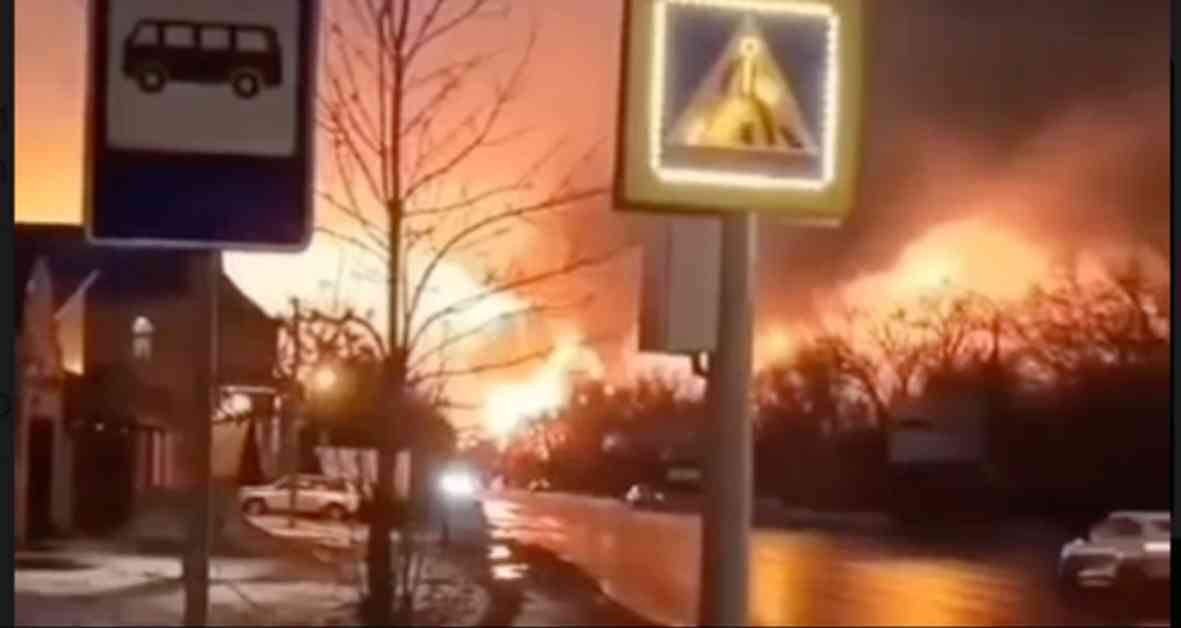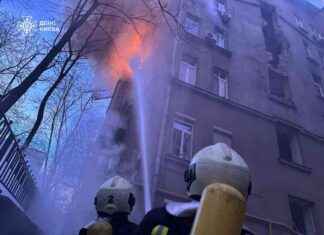Long-Range Drones Strike Russian Explosives Plants and Fuel Depots
Late at night on Monday, Jan. 13, and early morning on Tuesday, Jan. 14, Ukrainian drones launched a massive aerial assault on various Russian regions. These drones targeted chemical plants producing explosives and ammunition, as well as fuel storage facilities. Explosions and fires were reported in multiple regions, including Saratov, Voronezh, Oryol, Tula, and Tatarstan.
Ukrainian Drones and Targets
While Ukrainian military authorities have not officially confirmed details, Russian milbloggers claim that the drones used were Ukrainian-made “Liutyi” models, similar to Turkish Bayraktar drones. These long-range strike UAVs are capable of hitting targets up to 1,000 km away. The drones have proven highly efficient, successfully attacking Russian oil refineries, fuel depots, helicopter bases, and other key facilities. Over 200 Ukrainian drones, including models like “PD-2,” “Beaver,” “Fierce,” and “UJ-22,” were reportedly involved in the operation.
In Engels, Saratov region, an industrial enterprise sustained damage during the attack. Governor Roman Busargin confirmed the incident, stating that while the extent of the damage remains unclear, no injuries were reported. Additionally, an oil depot in Engels was targeted, reportedly hit twice before catching fire. The depot was previously attacked on Jan. 8, with firefighting efforts lasting several days.
Attacks on Other Regions
In Tatarstan’s capital, Kazan, drones targeted a liquefied natural gas storage facility, causing a fire to erupt. While Telegram channels reported three storage tanks on fire, local authorities confirmed only one. Despite initial concerns, the Kazanorgsintez chemical plant remained unaffected, with local businesses operating normally. In Bryansk, Russian air defenses thwarted a missile strike by Ukrainian forces, destroying all targets without injuries.
Impact on Regions and Air Travel
In the Oryol region, 17 drones were shot down, with no injuries or property damage recorded. Voronezh reported several drones destroyed overnight, with no casualties or ground damage. Falling drone debris caused damage in the Tula region, specifically in the city of Aleksin. Temporary flight restrictions were imposed at several airports, including Kazan, Kaluga, Saratov, and Tambov, causing disruptions in air travel.
The Russian Defense Ministry has yet to issue an official statement regarding the drone attacks.
As the conflict intensifies, the impact on civilians and infrastructure is undeniable. The use of drones in modern warfare raises questions about the future of aerial assaults and the potential for escalating tensions. The human cost of such attacks, while often minimized in official reports, cannot be overlooked. As we witness these events unfold, it’s essential to consider the broader implications of military actions on both sides.
With each new development, the need for peaceful resolutions becomes more urgent. The stark reality of war is a reminder of the fragility of life and the importance of diplomacy in resolving conflicts. As we navigate through these challenging times, let us not forget the human stories behind the headlines and the lives affected by these acts of violence.

















